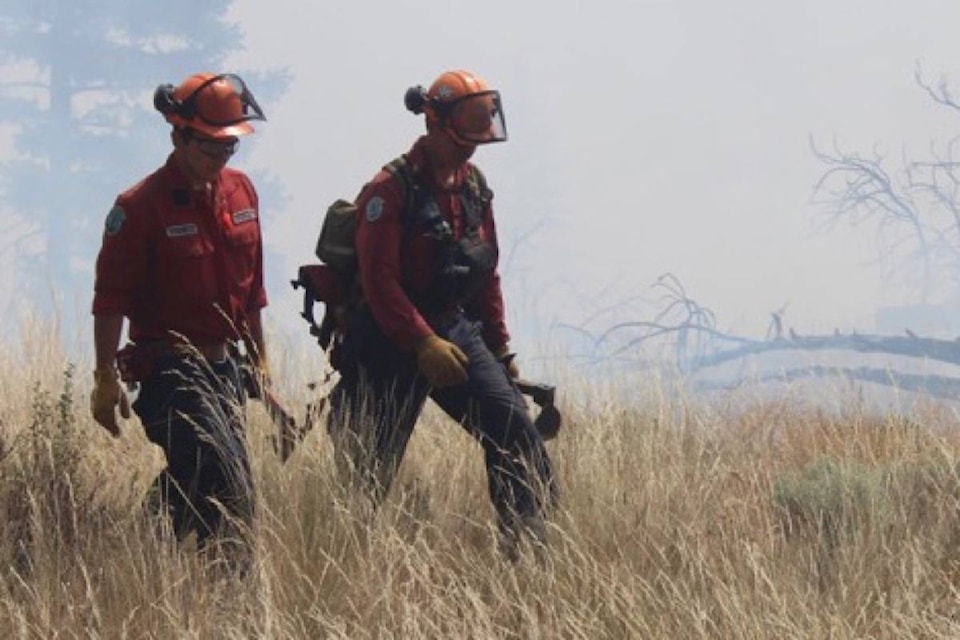Even though fire season has not officially started in the province, BC Wildfire Service (BCWS) crews have already had to deal with two human-caused grass fires near Lytton in March.
Kevin Skrepnek, chief fire information for the BCWS, says that while such fires are not uncommon at this time of year, he doesn’t want to see a lack of caution.
“The snow has melted, and the grass is dead, so there’s a window,” he says. “You can see pretty quickly growing grass fires. We’ll likely see more, and the conditions near Lytton are similar to Ashcroft and Cache Creek.
“We need rain on the grass to green it up, but there’s definitely a danger with this window. The fires aren’t a major concern, but they have people on edge.”
BCWS investigates the causes of all wildfires in the province, and has determined that the two fires near Lytton were human-caused, as there was no lightning in the area when the fires started.
Skrepnek adds that lightning at this time of year is usually accompanied by some precipitation; it isn’t until July and August that dry lightning becomes a concern.
“Fires up until July 1 are usually human-caused,” he says, noting that in an average year, 60 per cent of all B.C.’s wildfires are caused by lightning and 40 per cent are caused by humans.
The larger of the two Lytton fires was northwest of town, and spread to 75 hectares, although Skrepnek says the actual fire was only a fraction of that size.
“A lot of it was from us burning around the original fire to contain it,” he notes, adding that the weather was cooperative, with cooler temperatures helping out.
When asked what he thinks of comments to the effect of “There’s nothing left to burn,” Skrepnek laughs hollowly. “Last year broke a lot of records for the wrong reasons,” he says, noting that the Elephant Hill wildfire is the fourth largest fire on record in the province.
“Just because we had a bad year last year won’t ameliorate things for this year. We lost 1.2 million hectares [to fire] last year; the worst year before that was in 1958, when we lost 850,000 hectares.
“But the province is more than 94 million hectares. In the grand scheme of things we had a record-setting year [in 2017], but there’s a lot of fuel left to burn.”
Skrepnek says that fuel management is a big issue, and points out that there are many different types of land—private, municipal, First Nations, Crown—with many people responsible for the various pieces adjoining each other. “It’s a team responsibility. One neighbour might be responsible, and one might not, making a weak link in the chain.
“Lots of work needs to be done, and we can do it proactively, to mitigate fire risk.”
editorial@accjournal.ca
Like us on Facebook and follow us on Twitter
